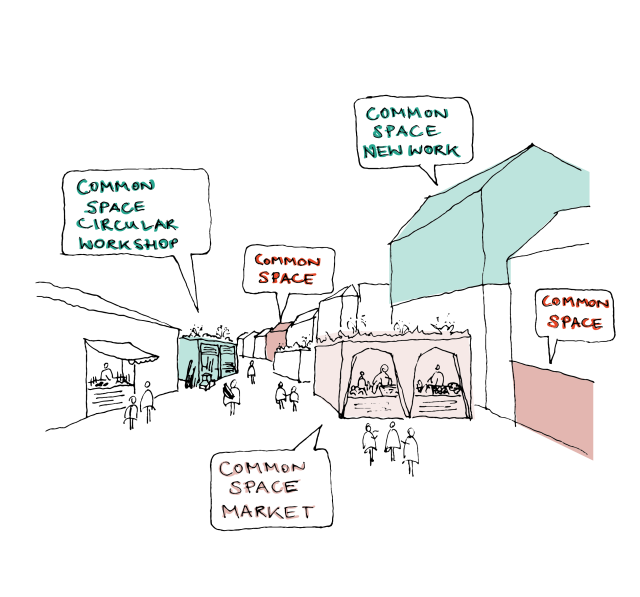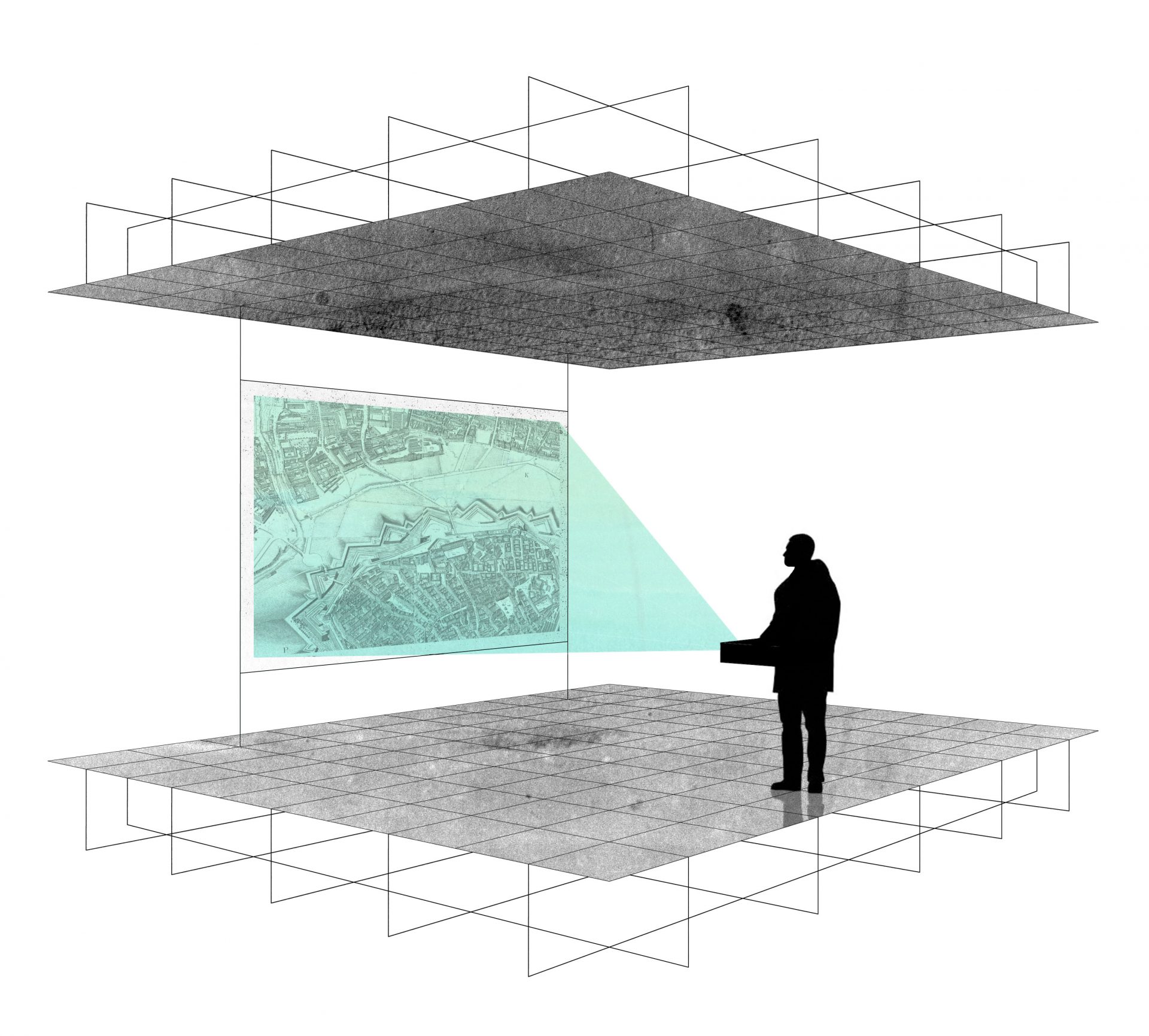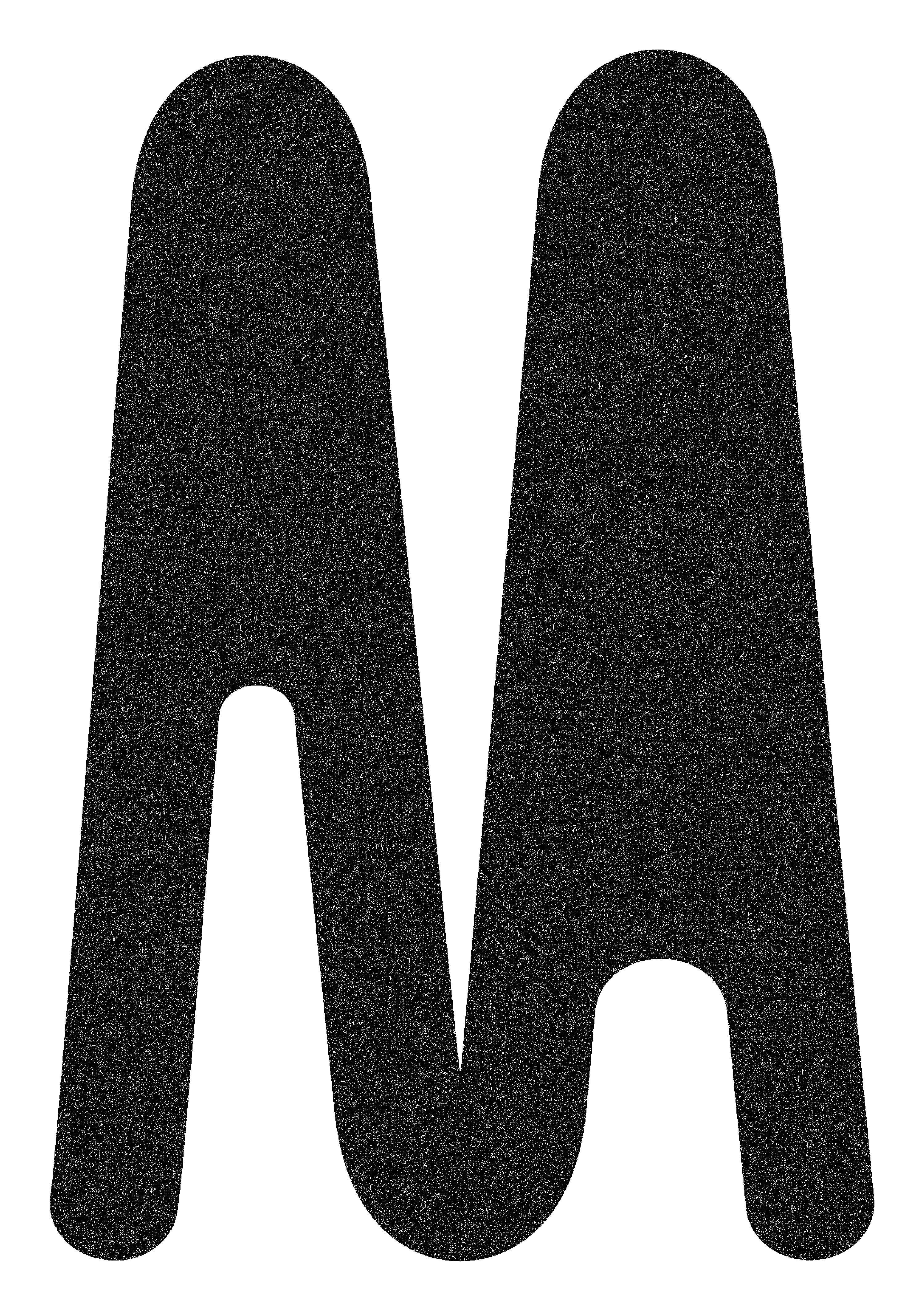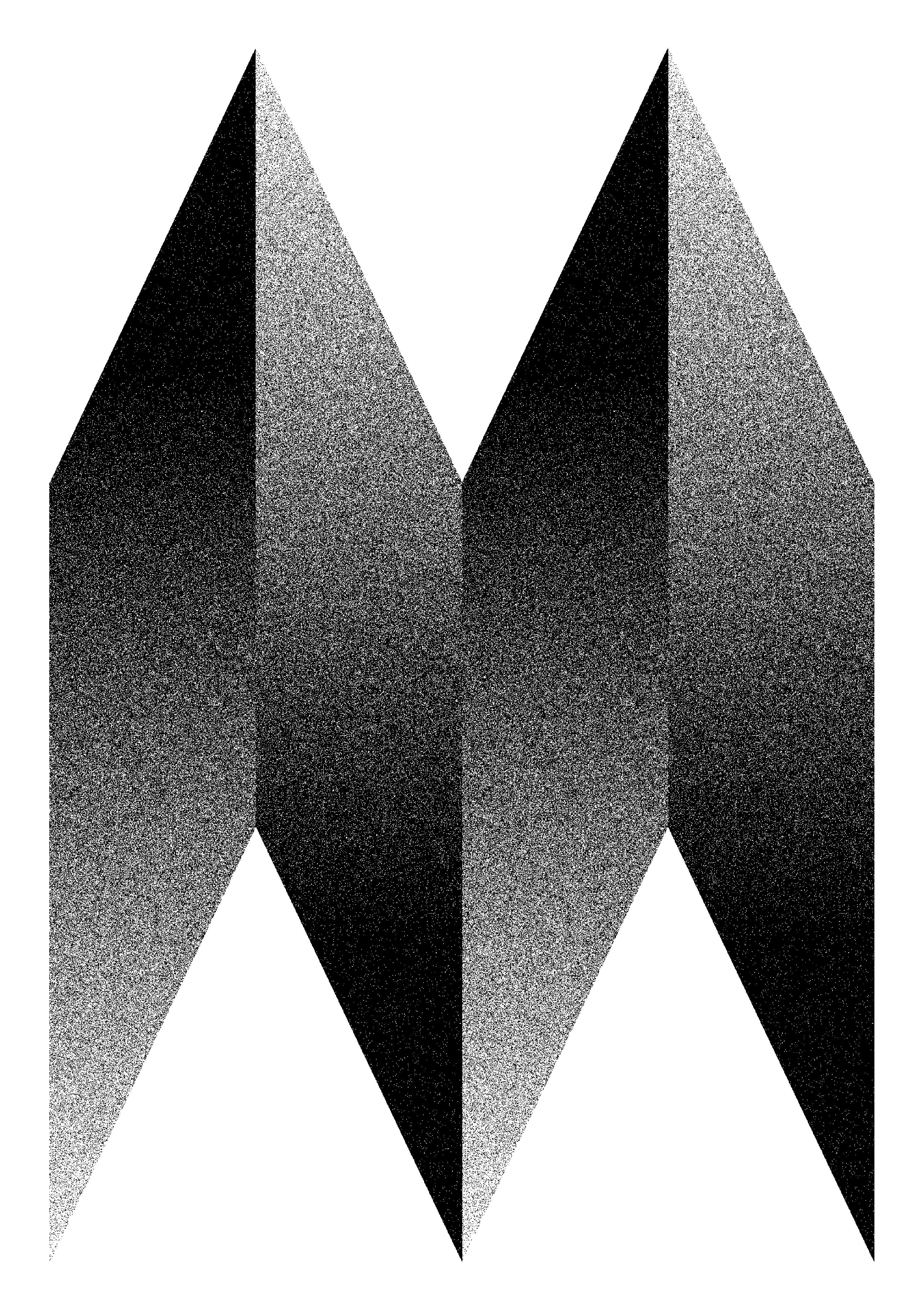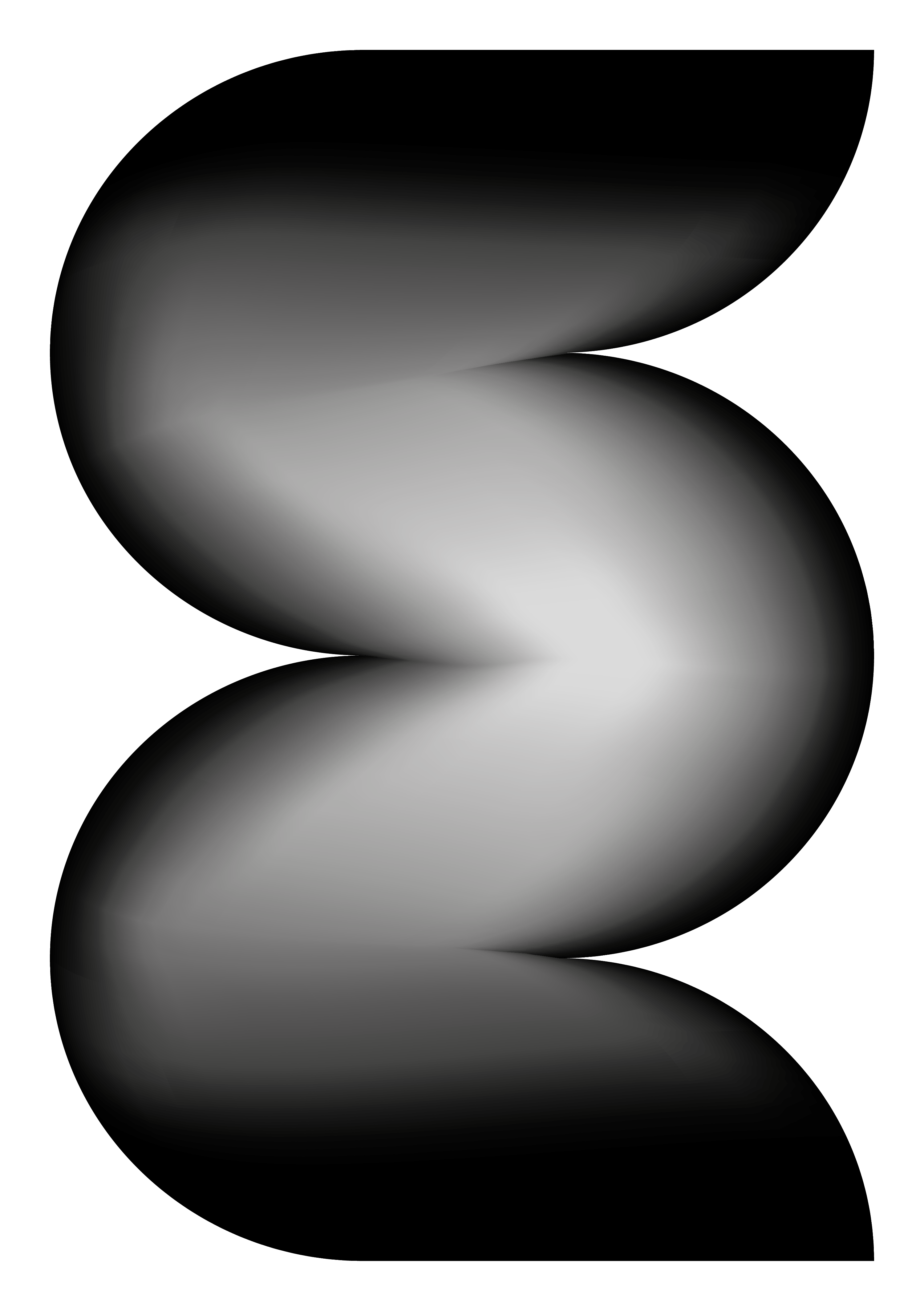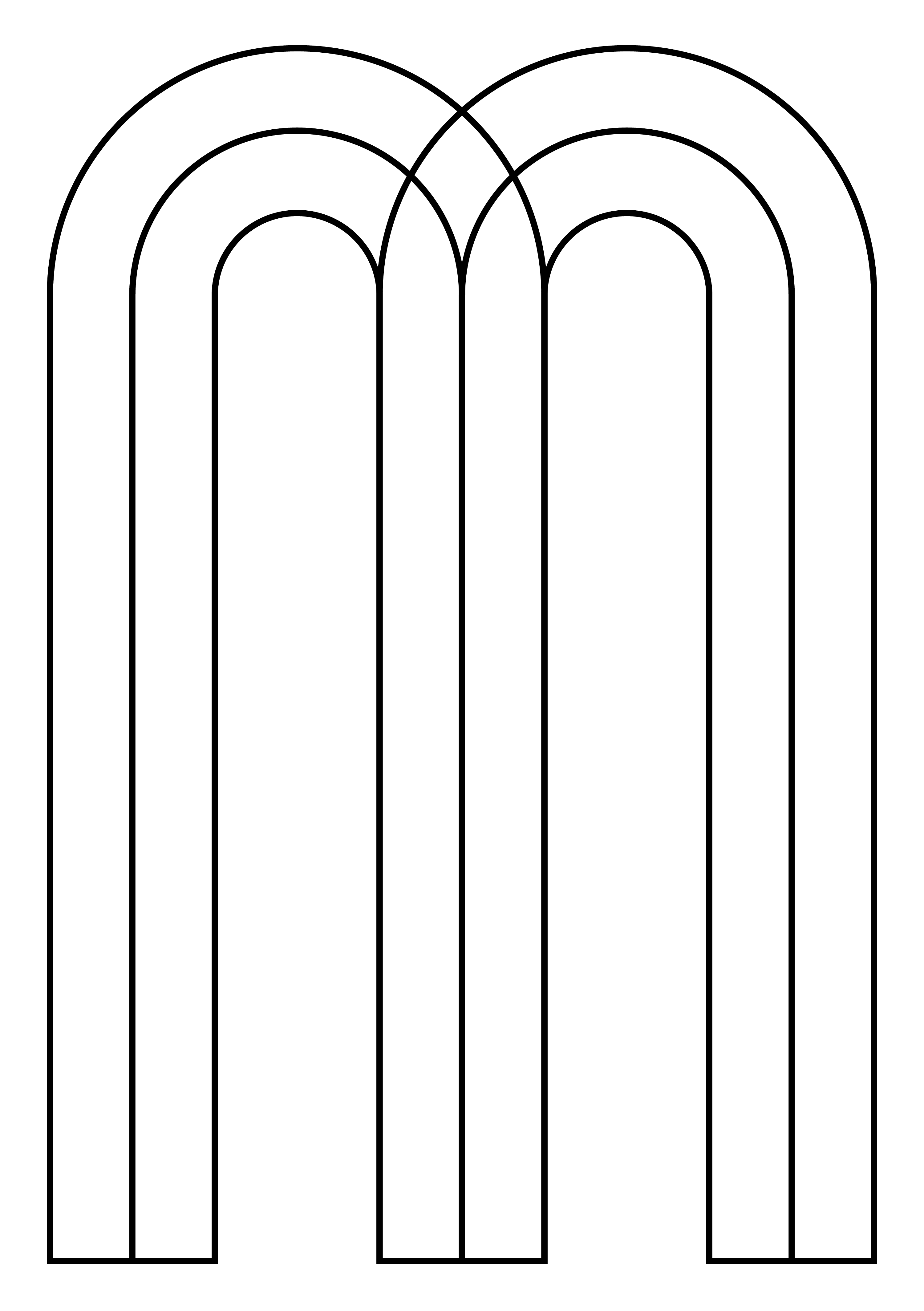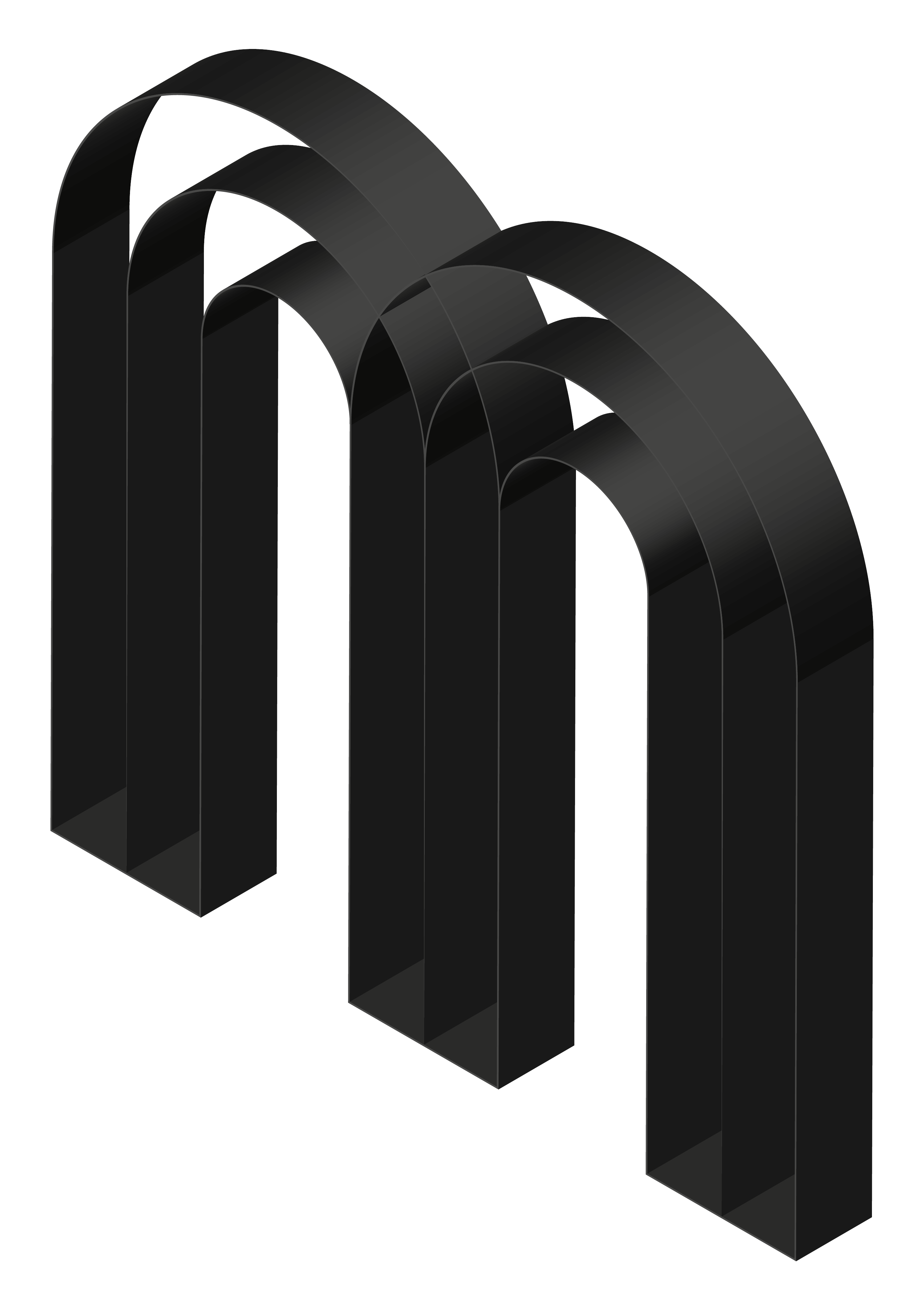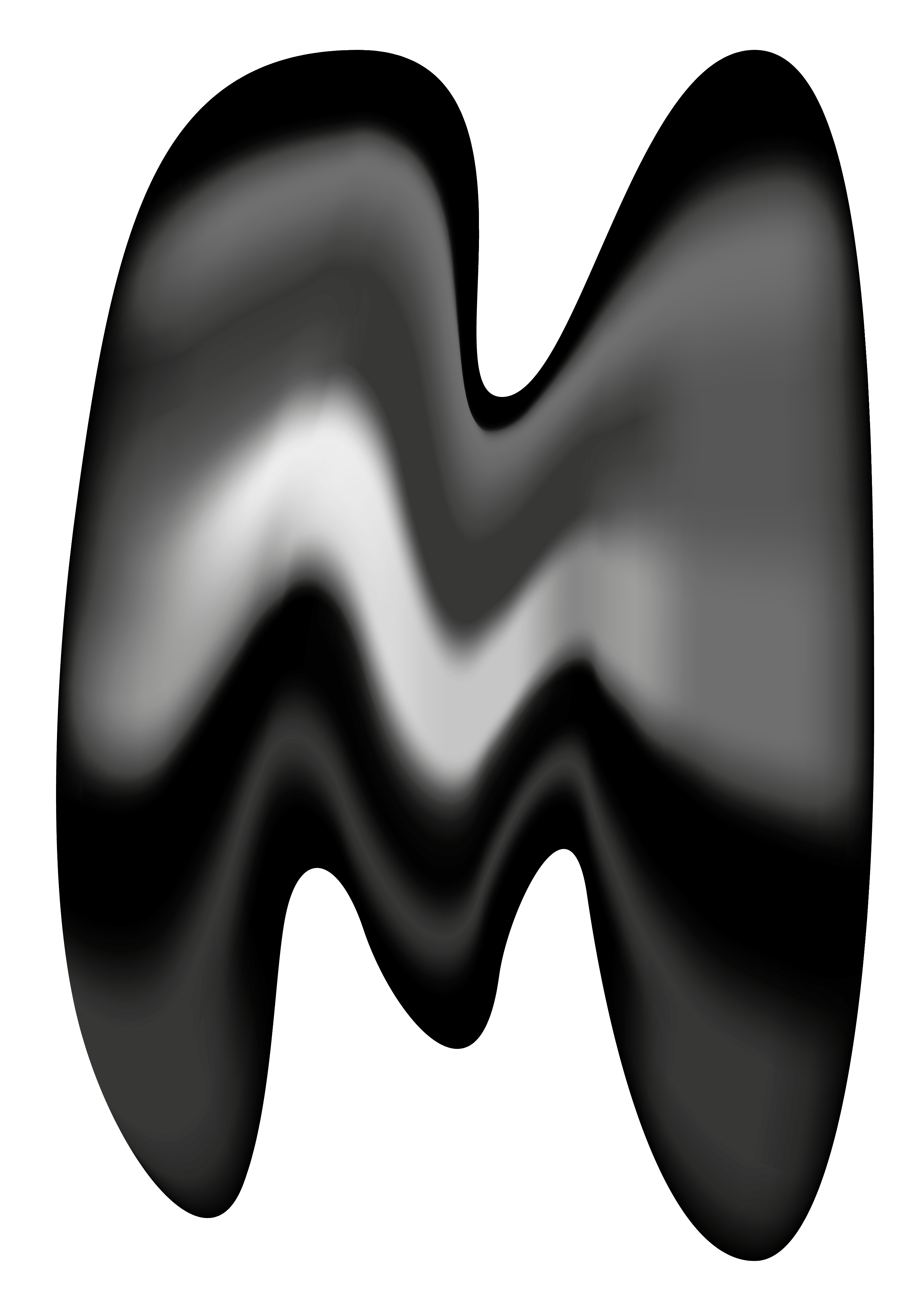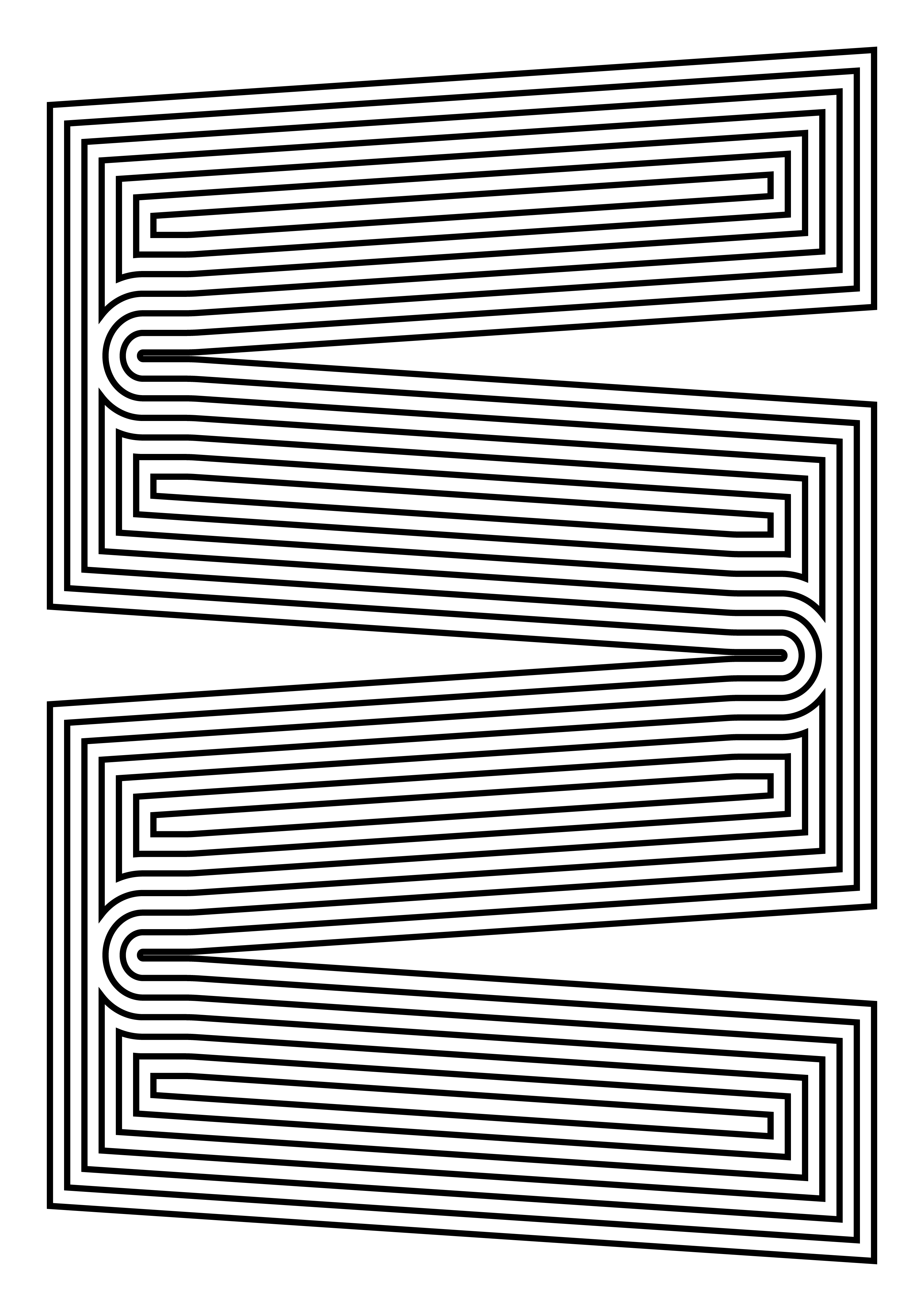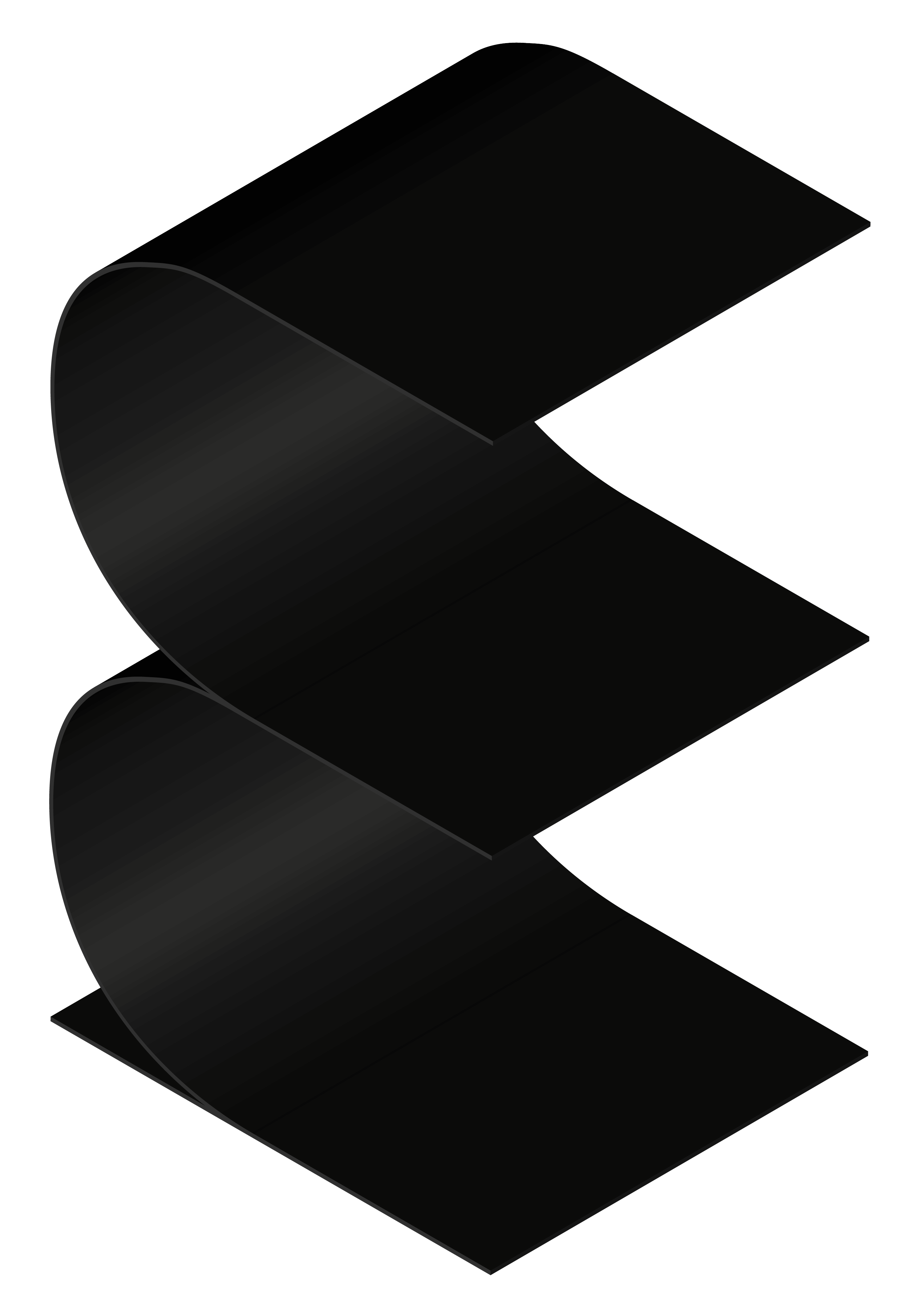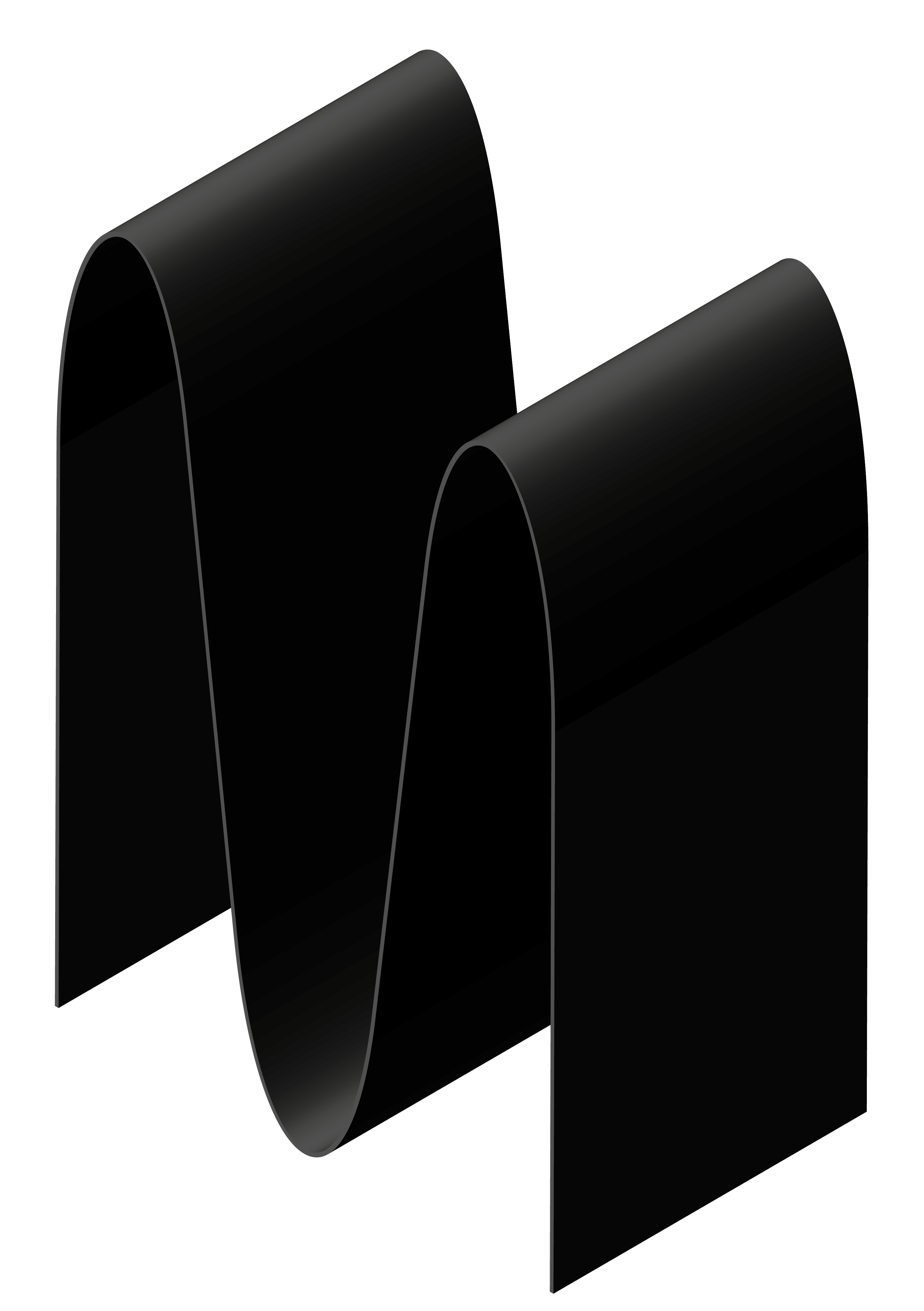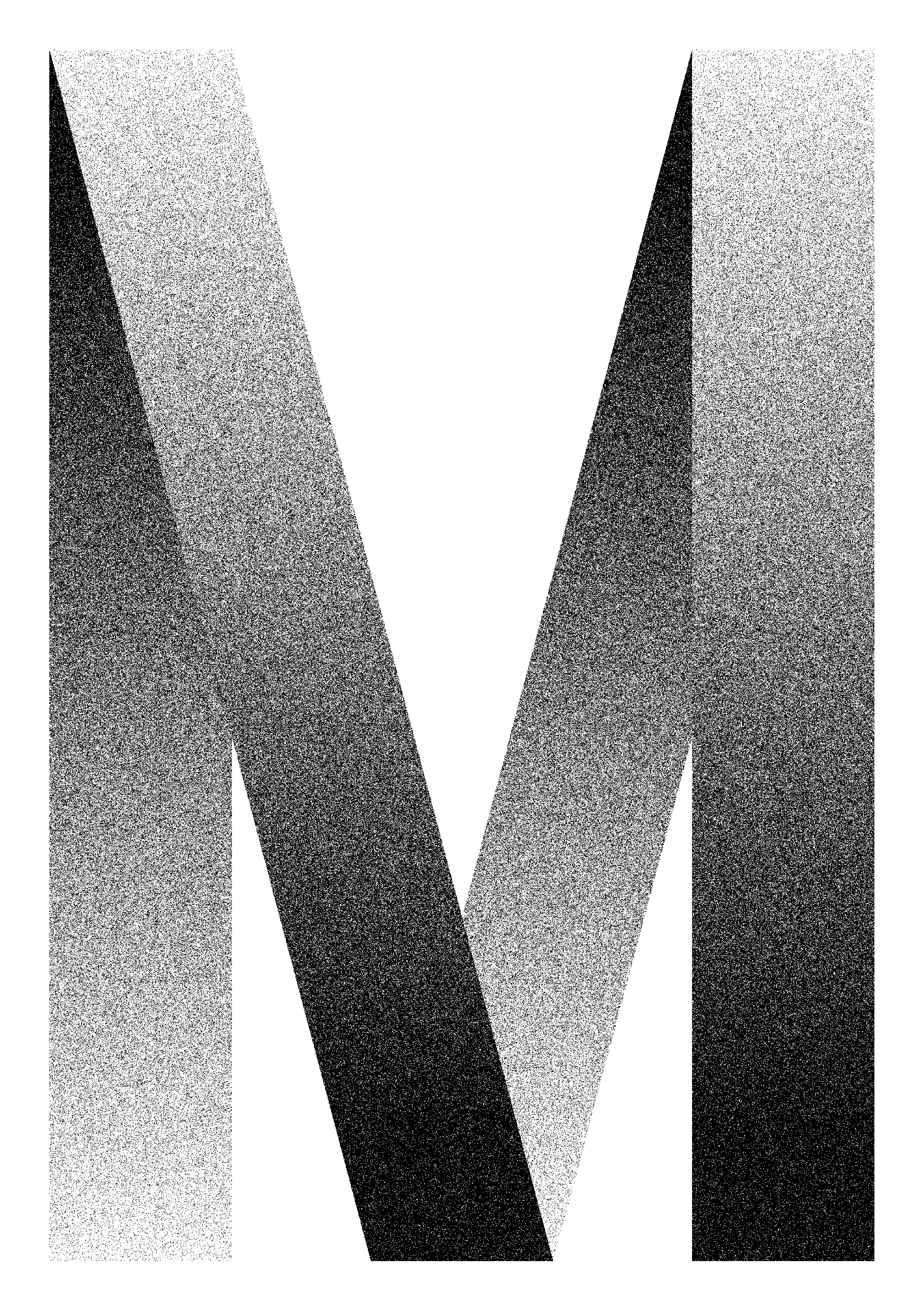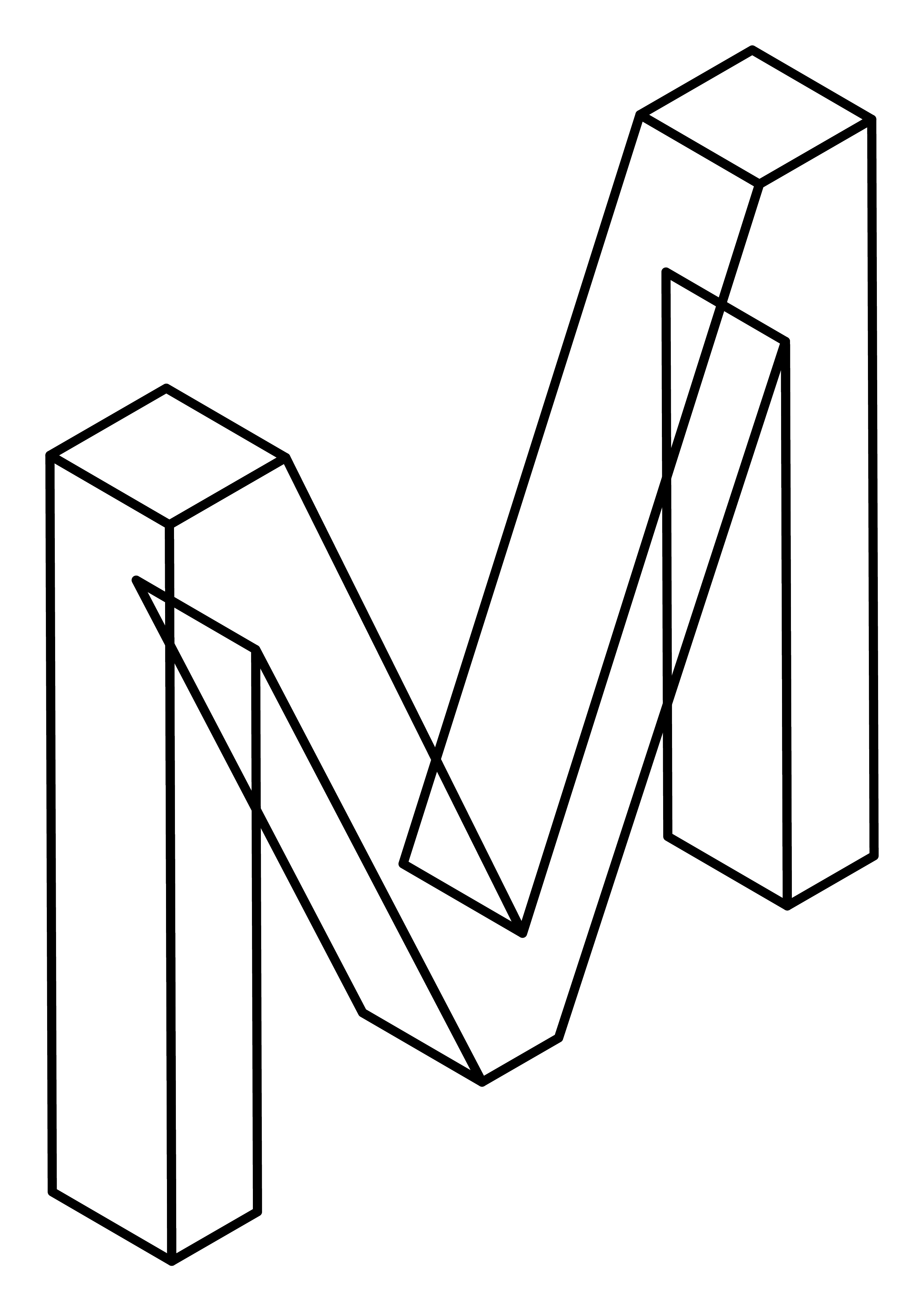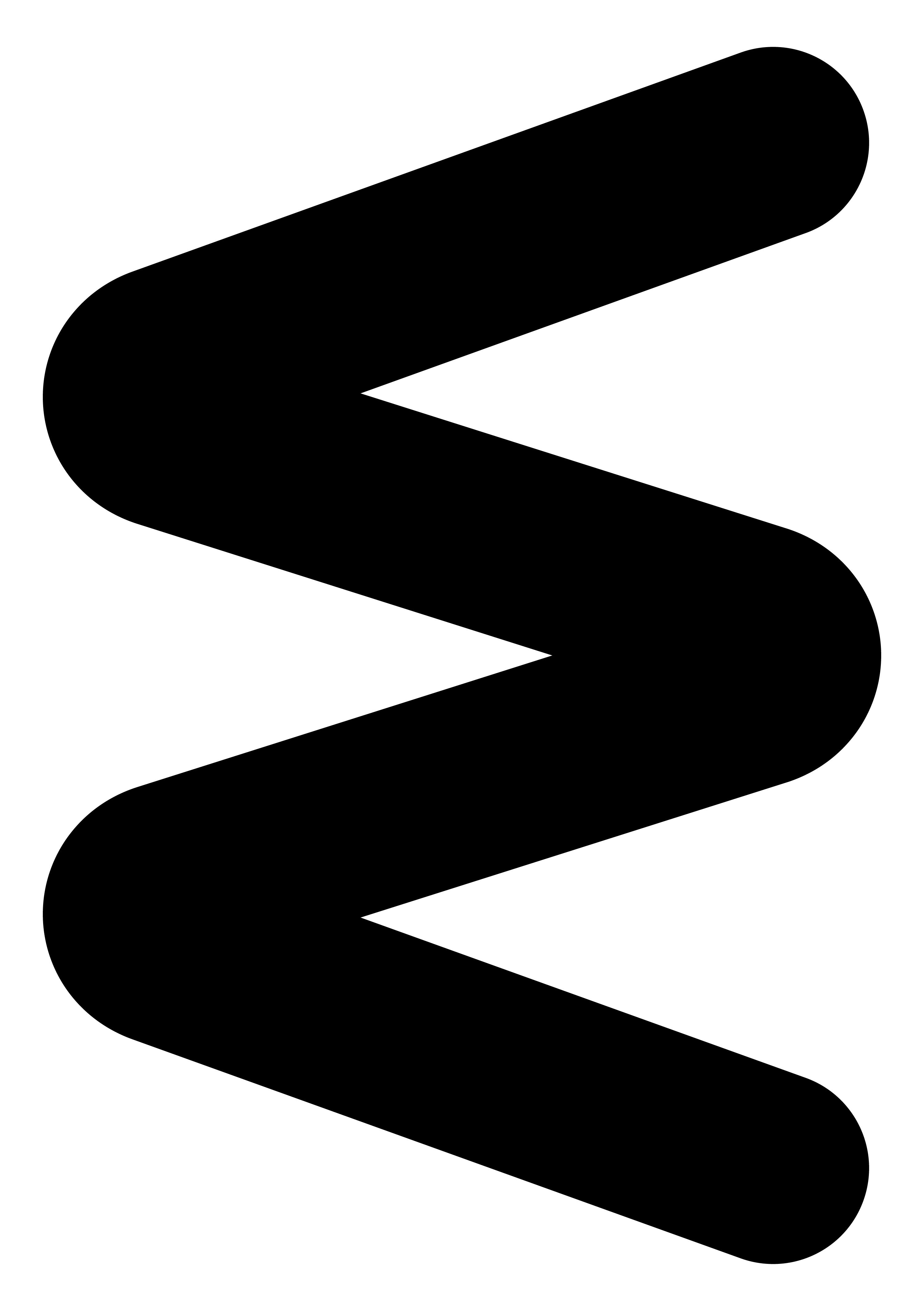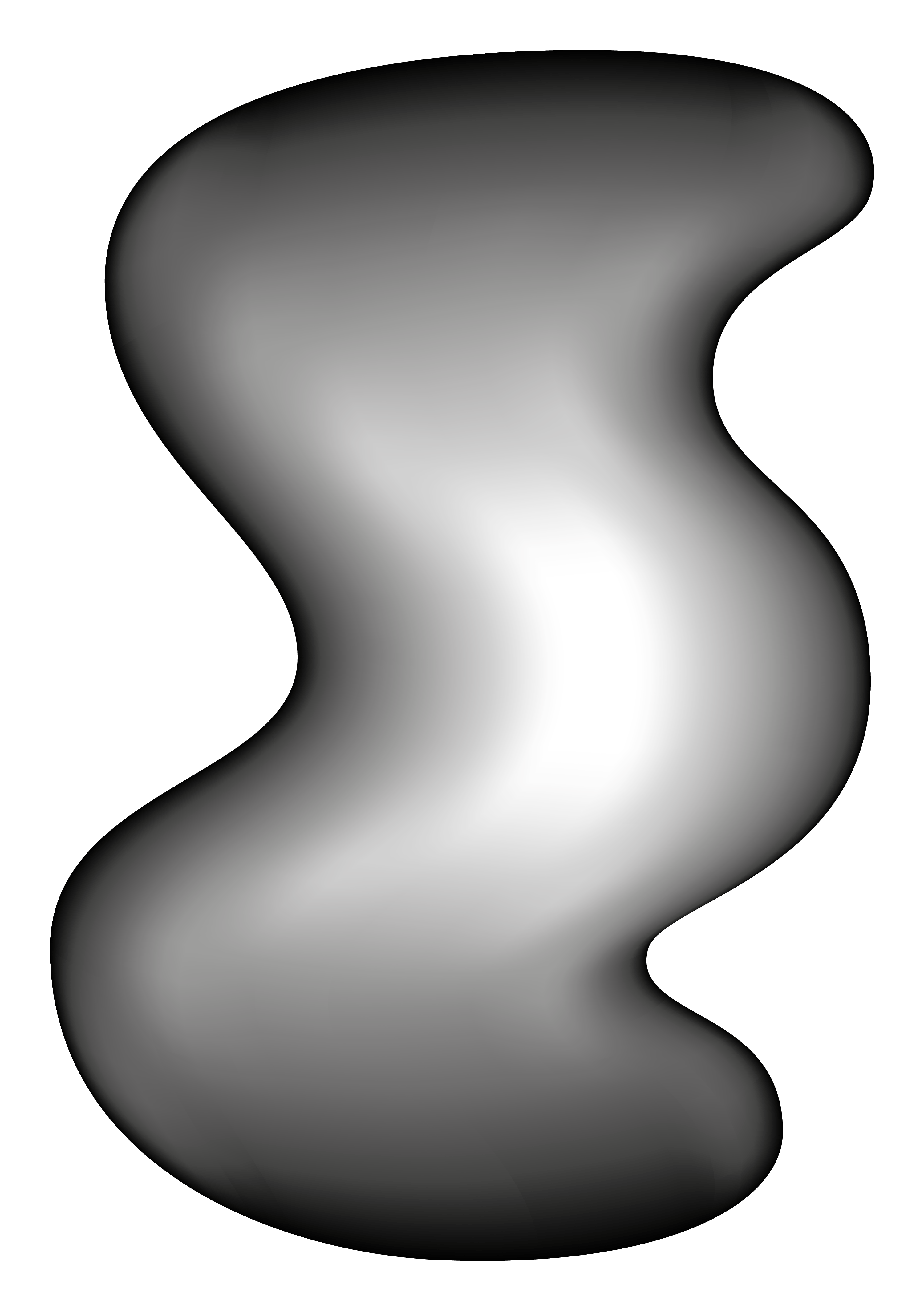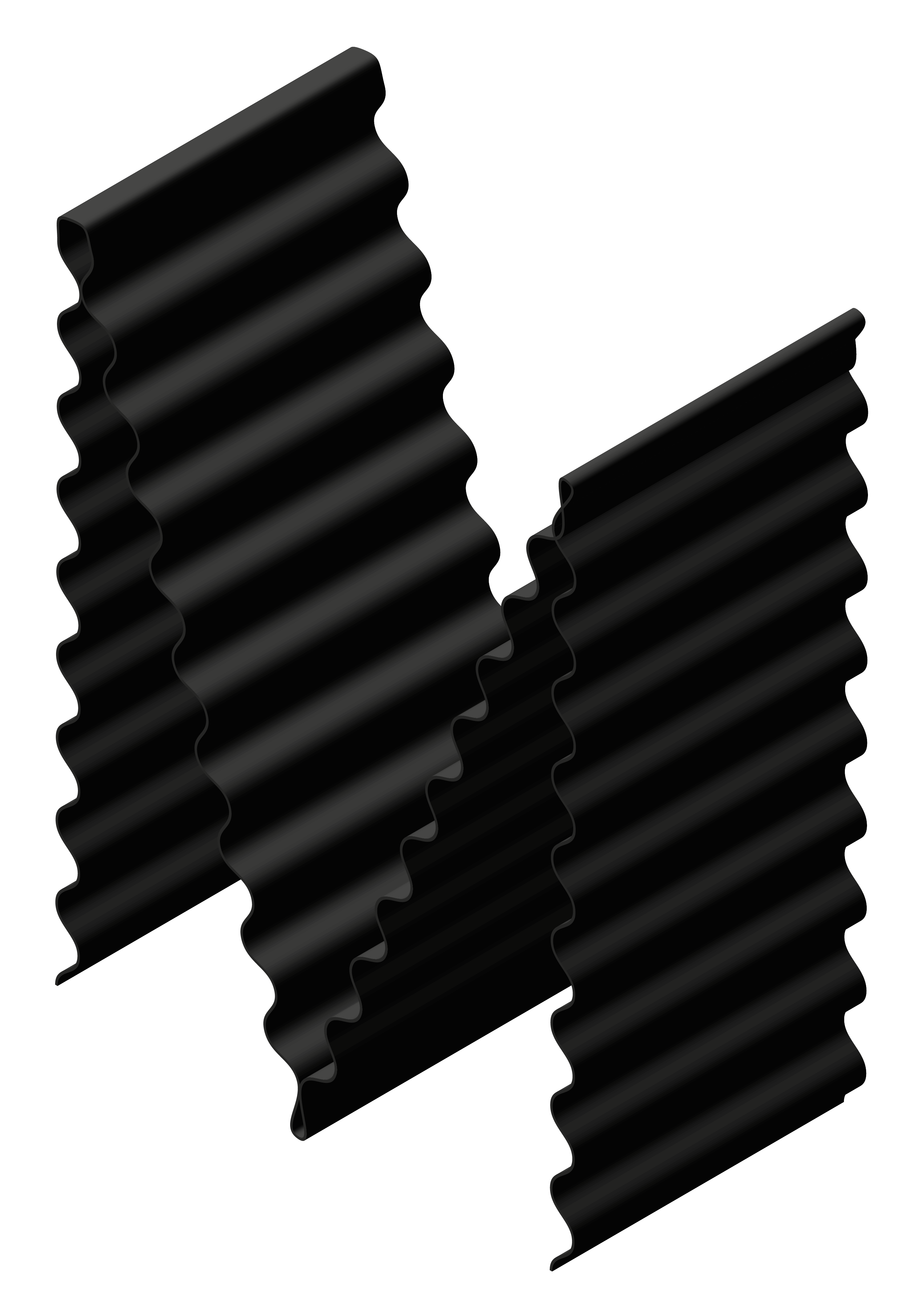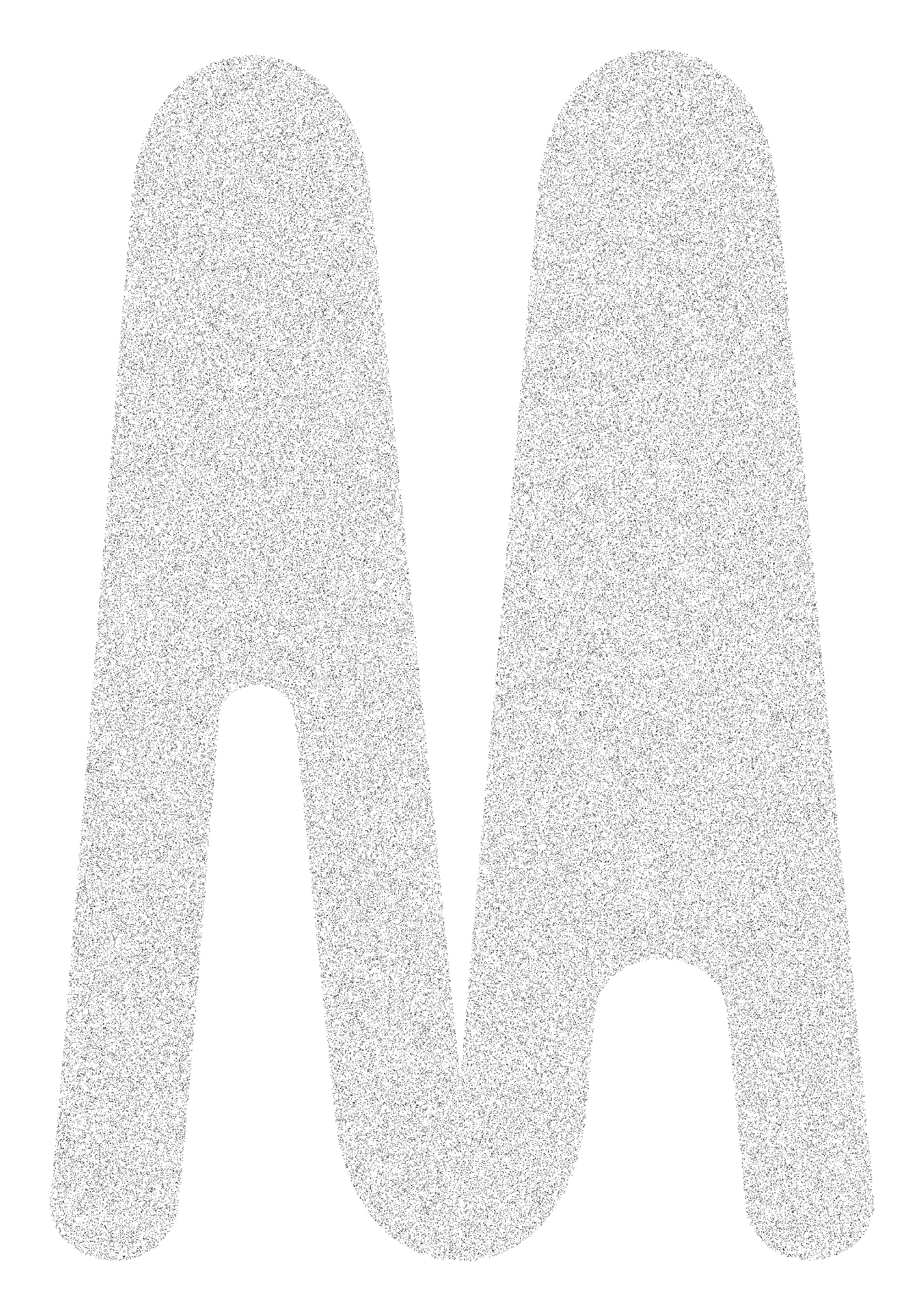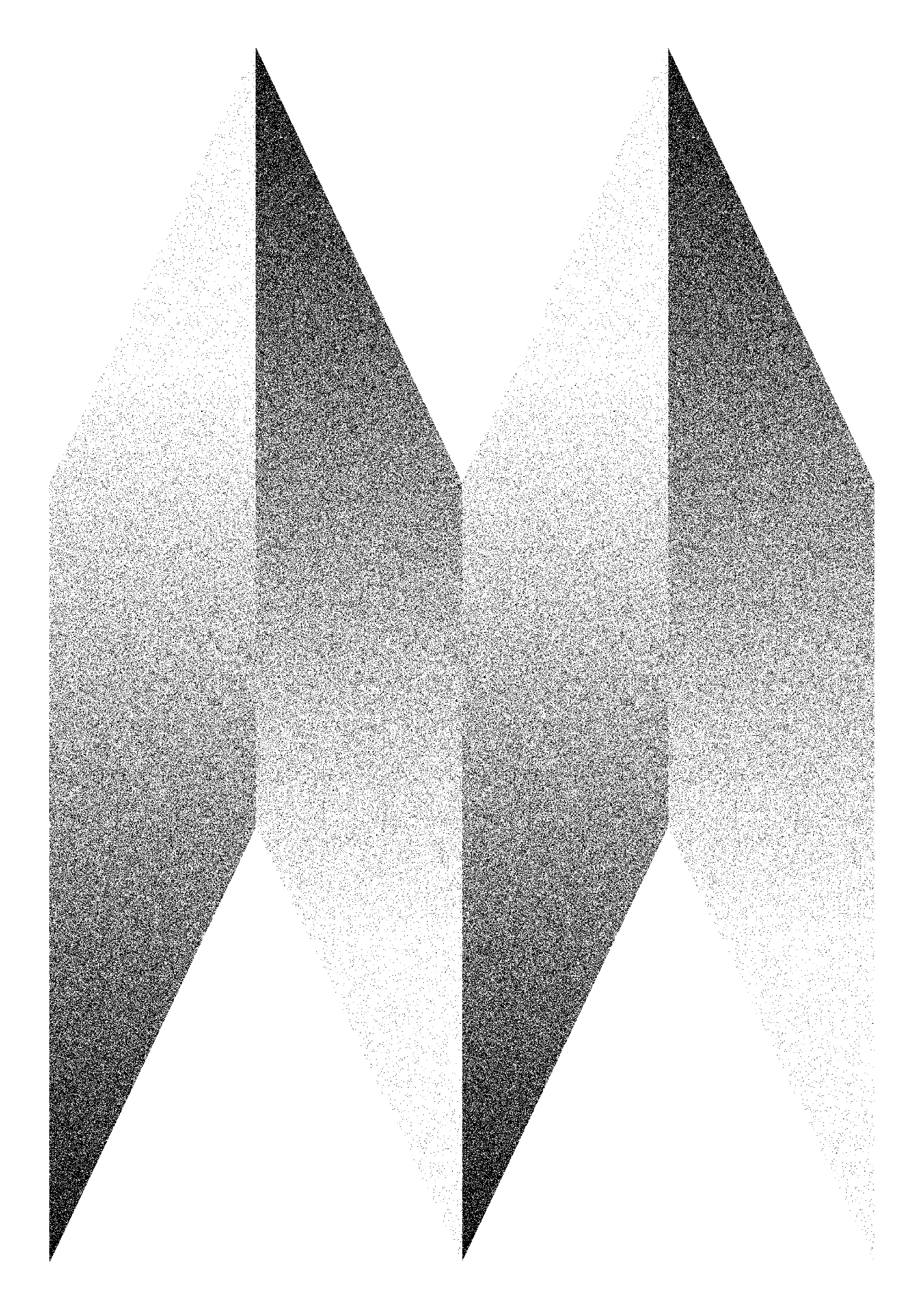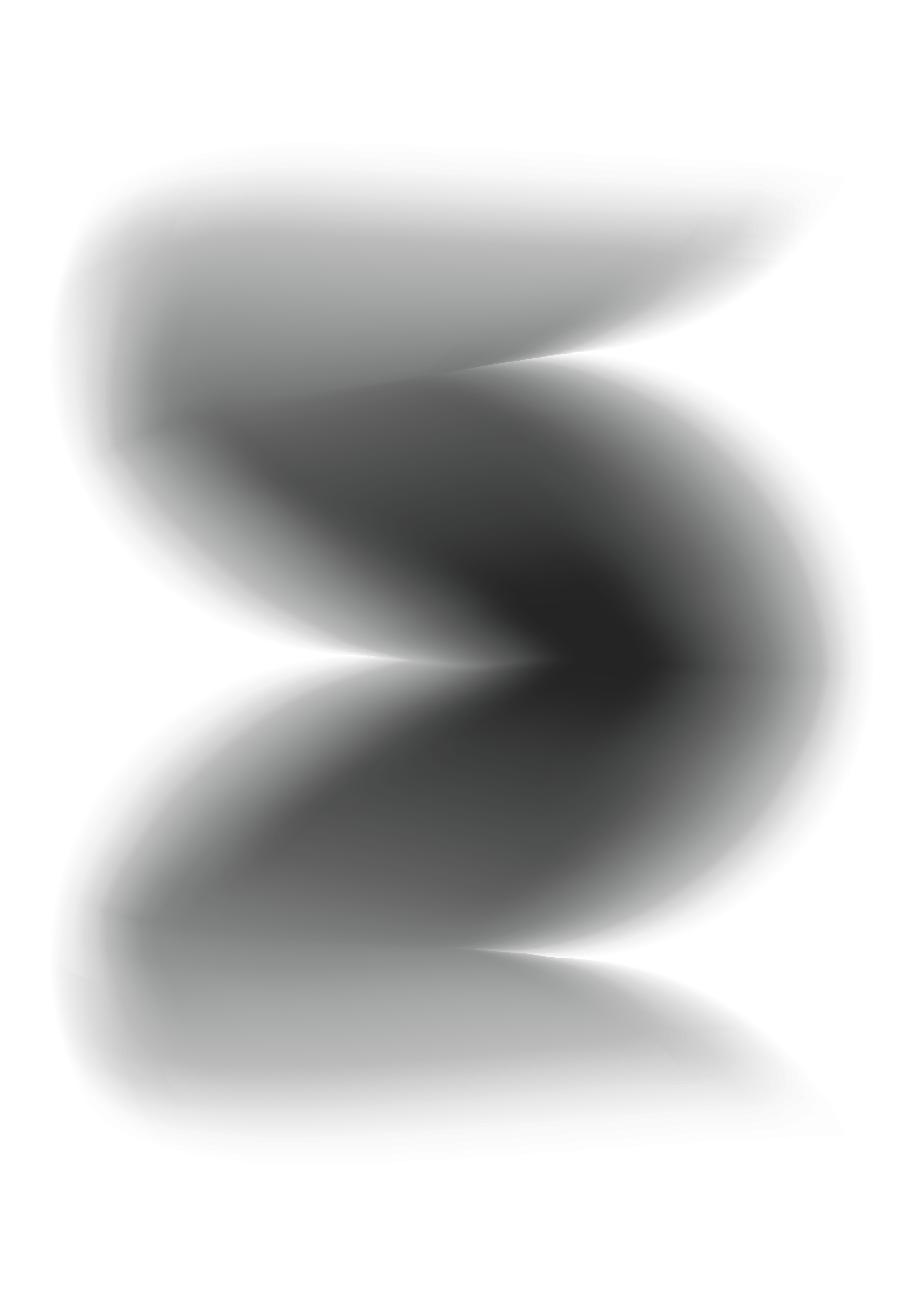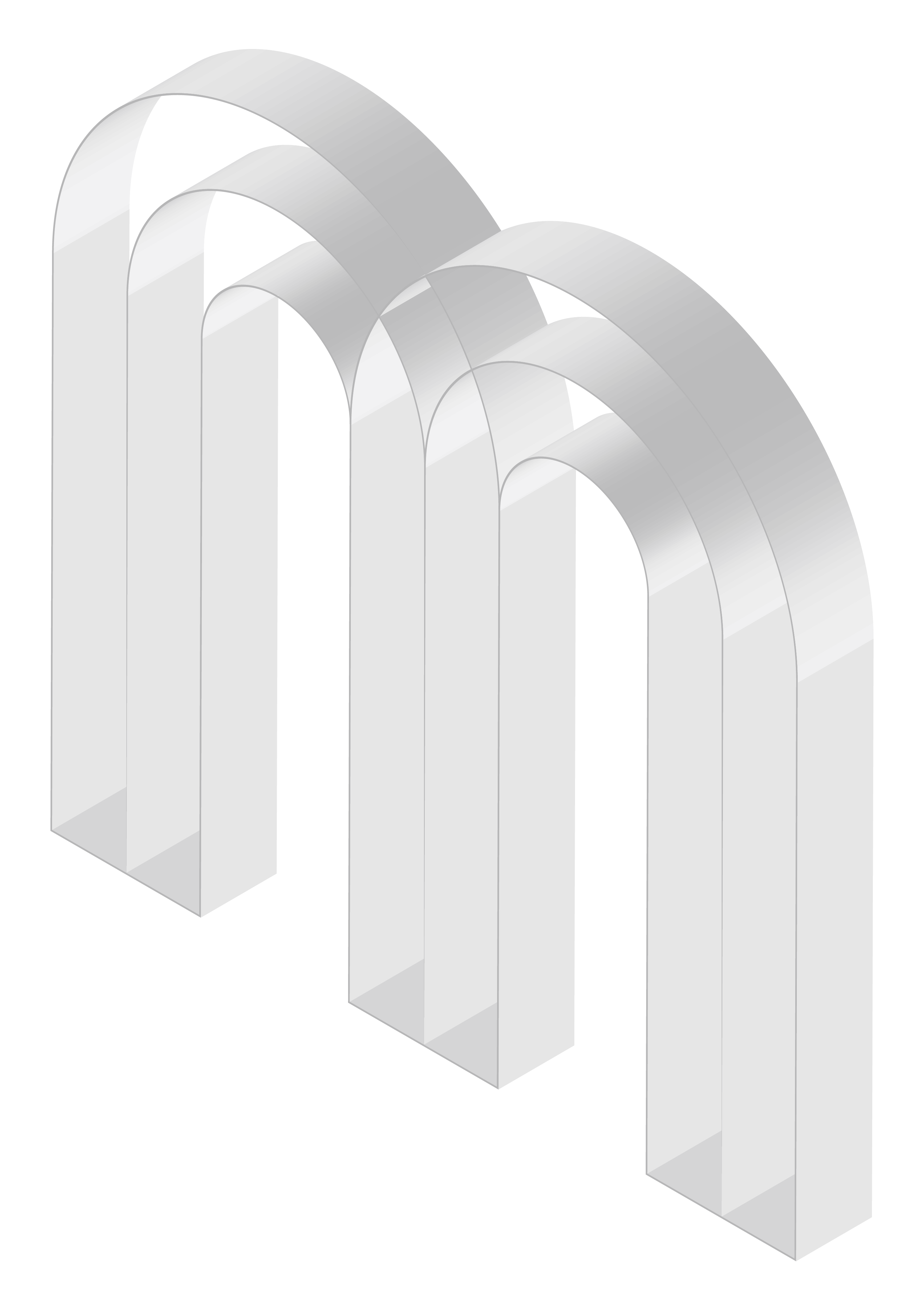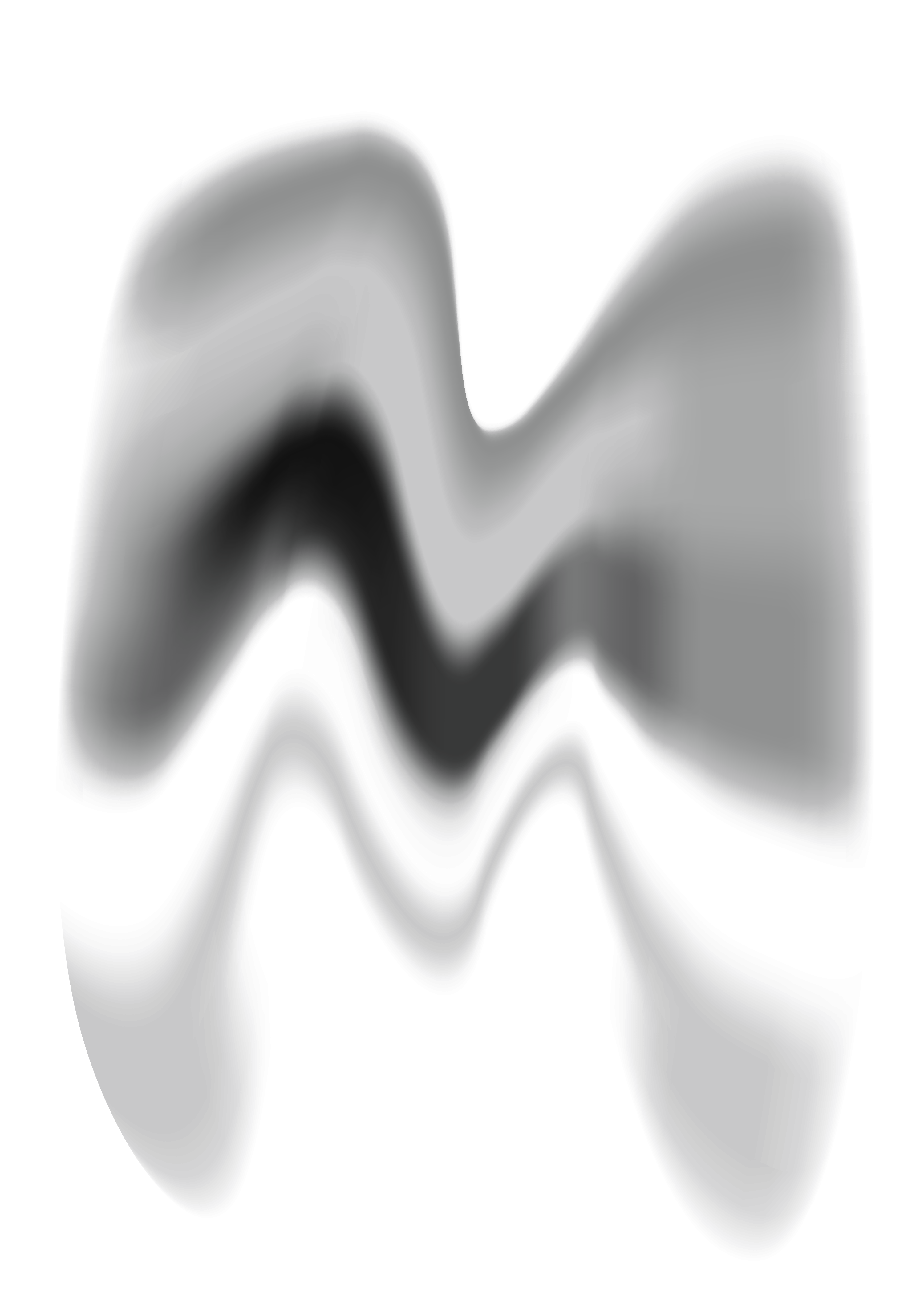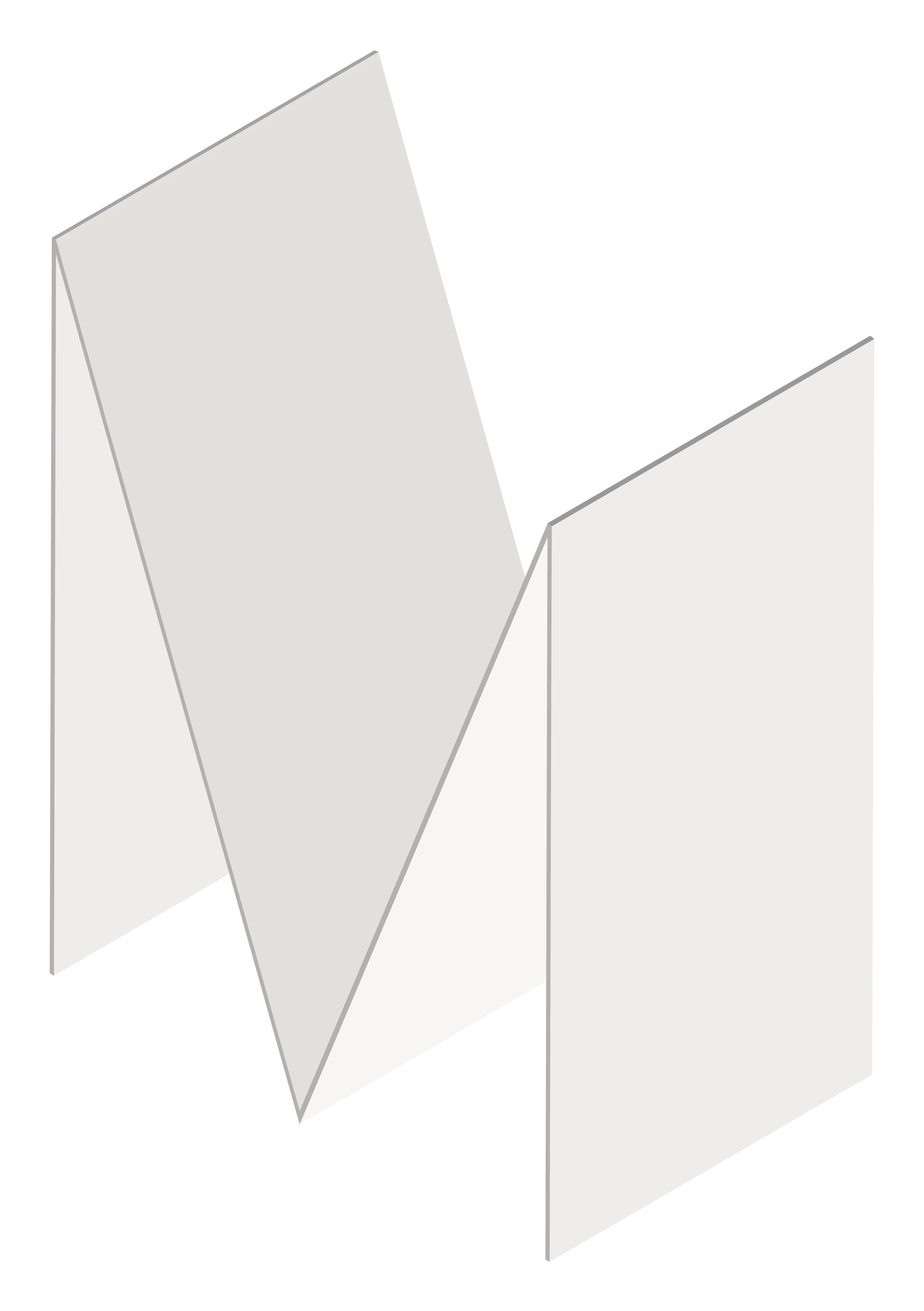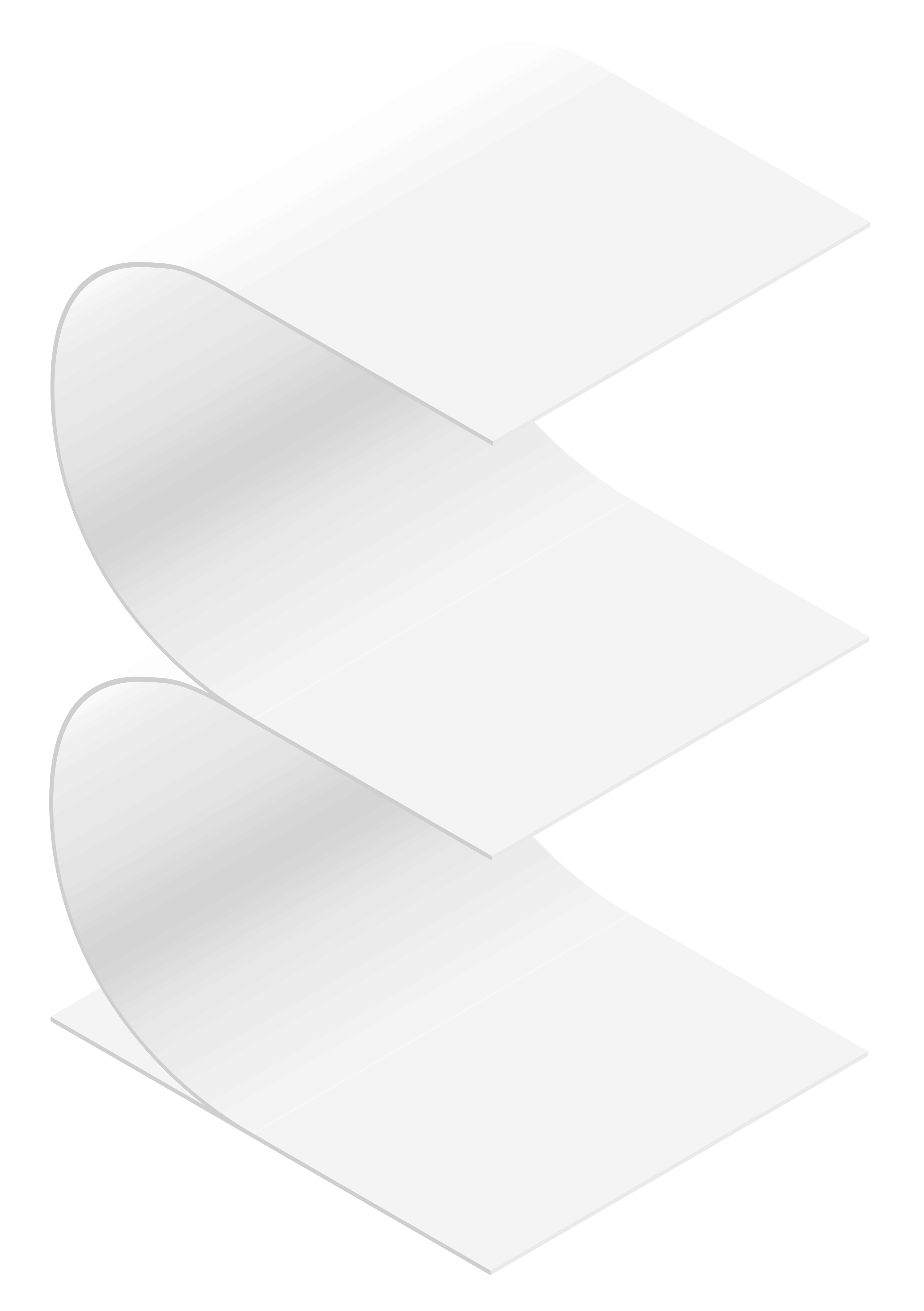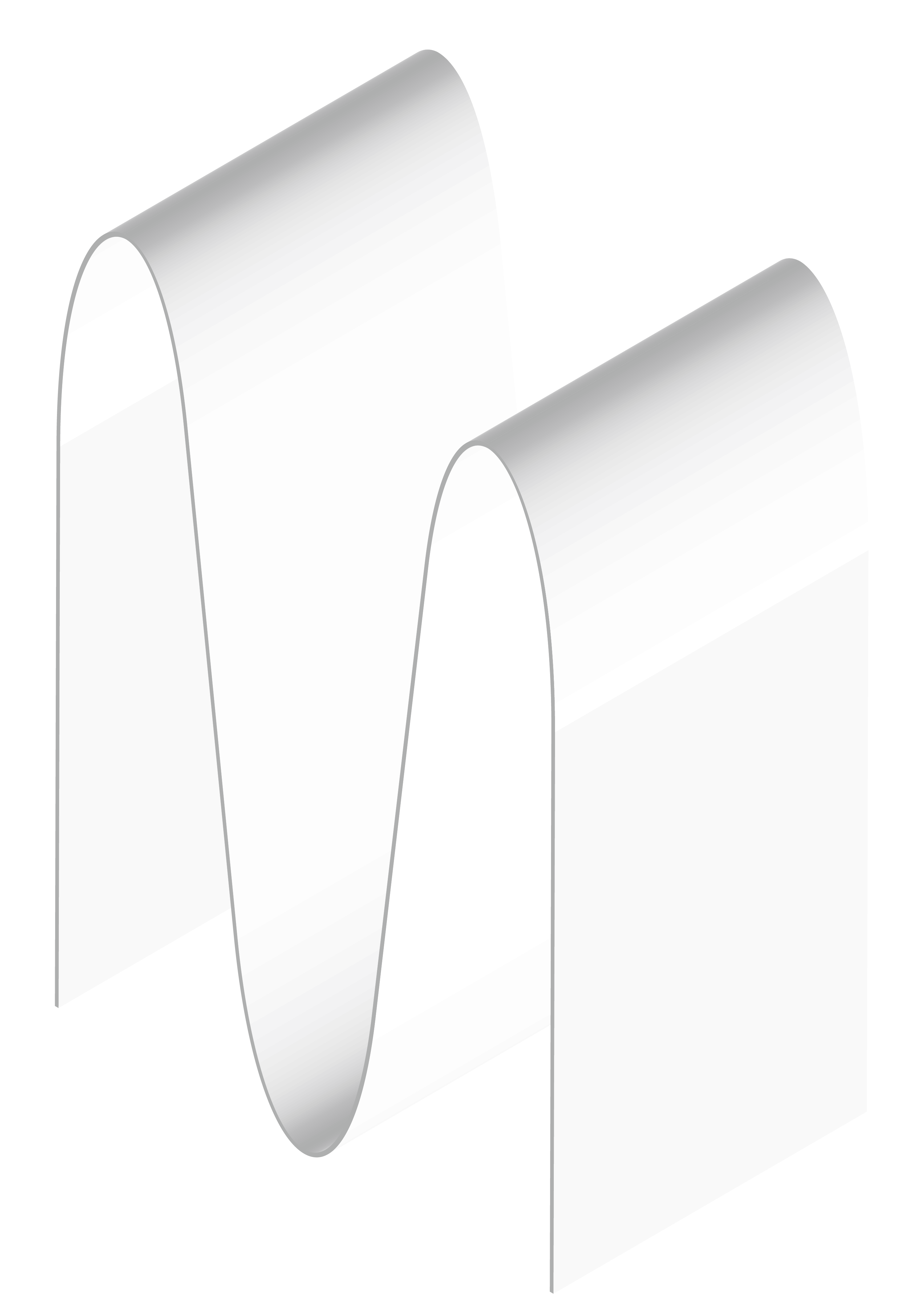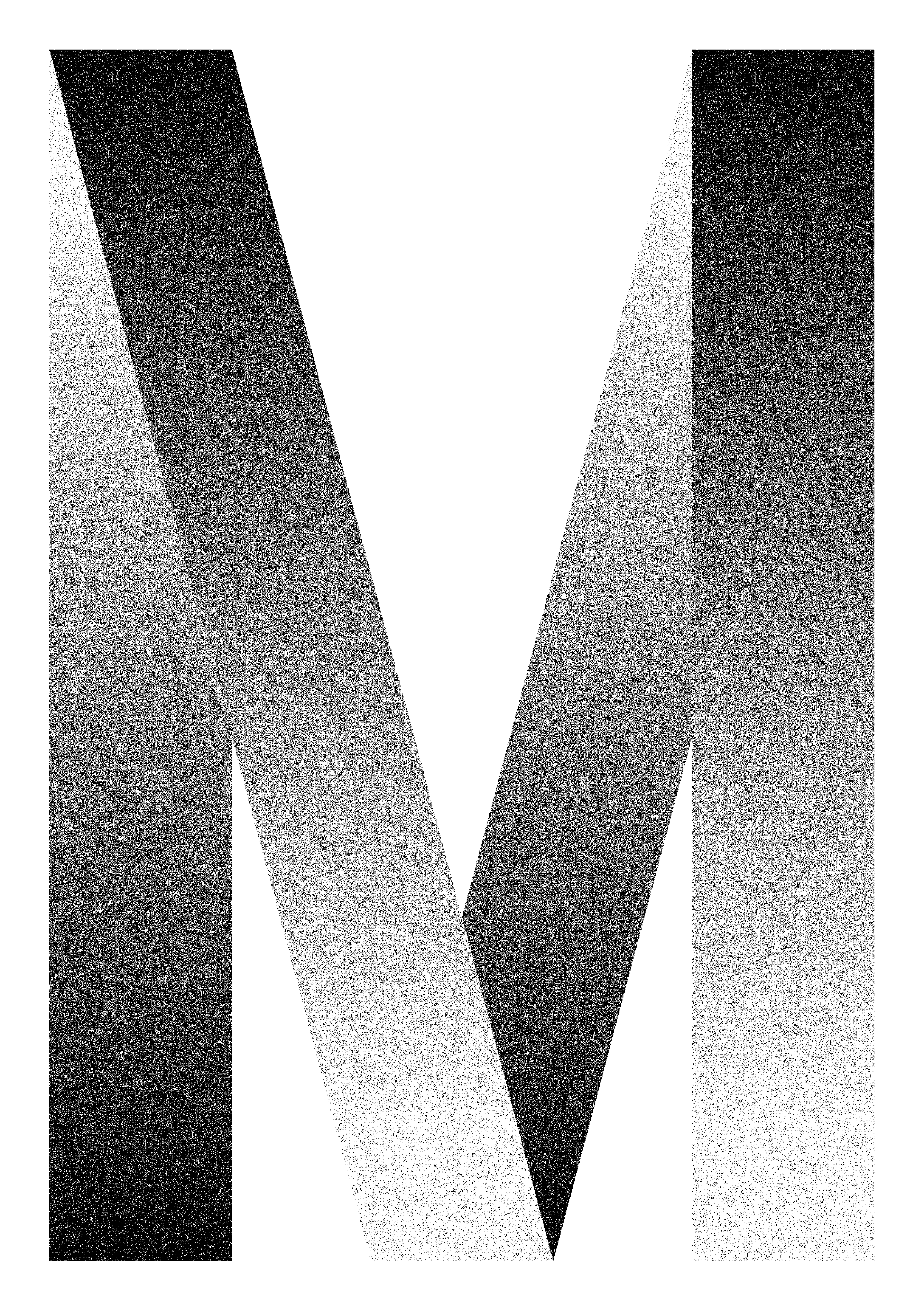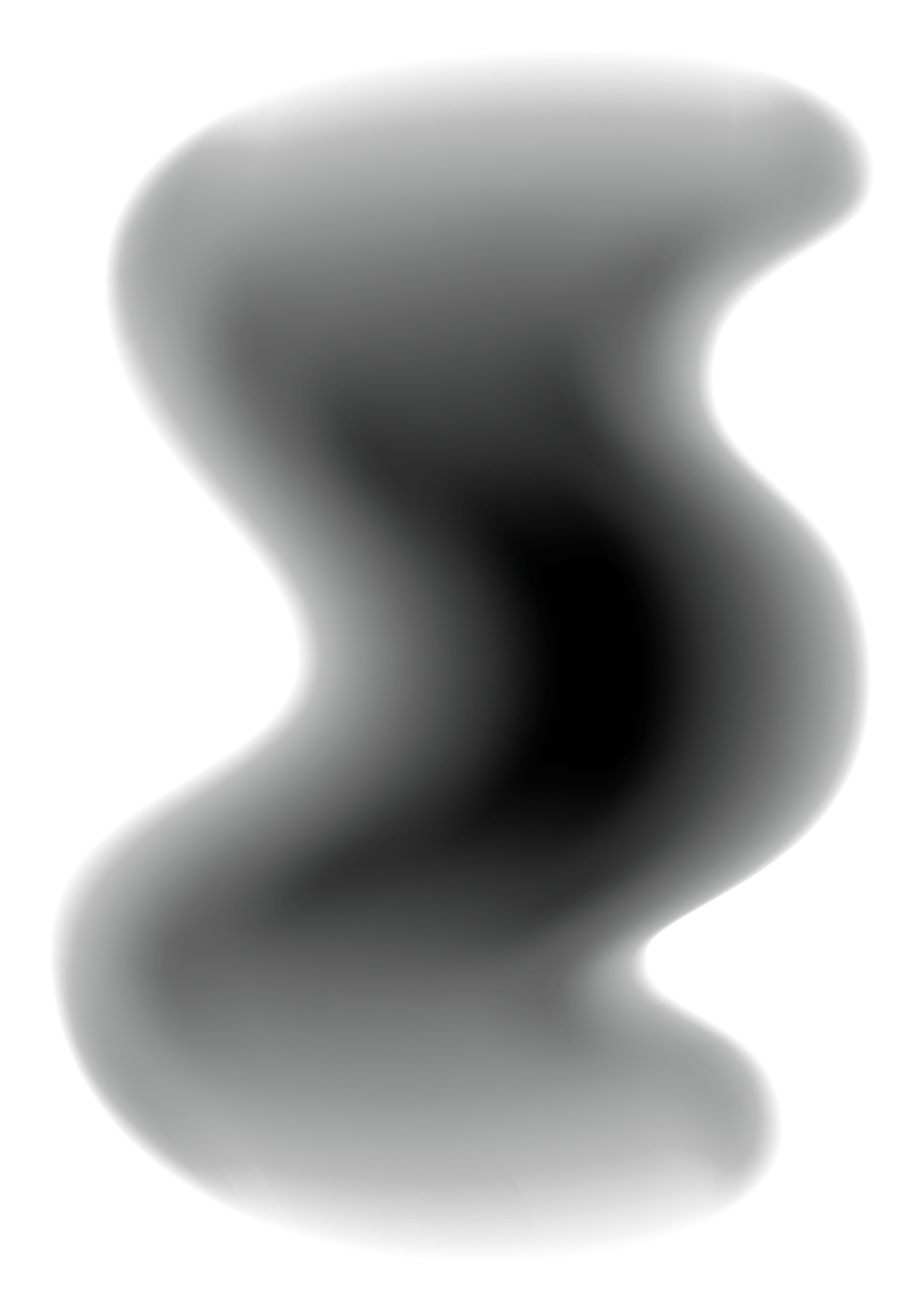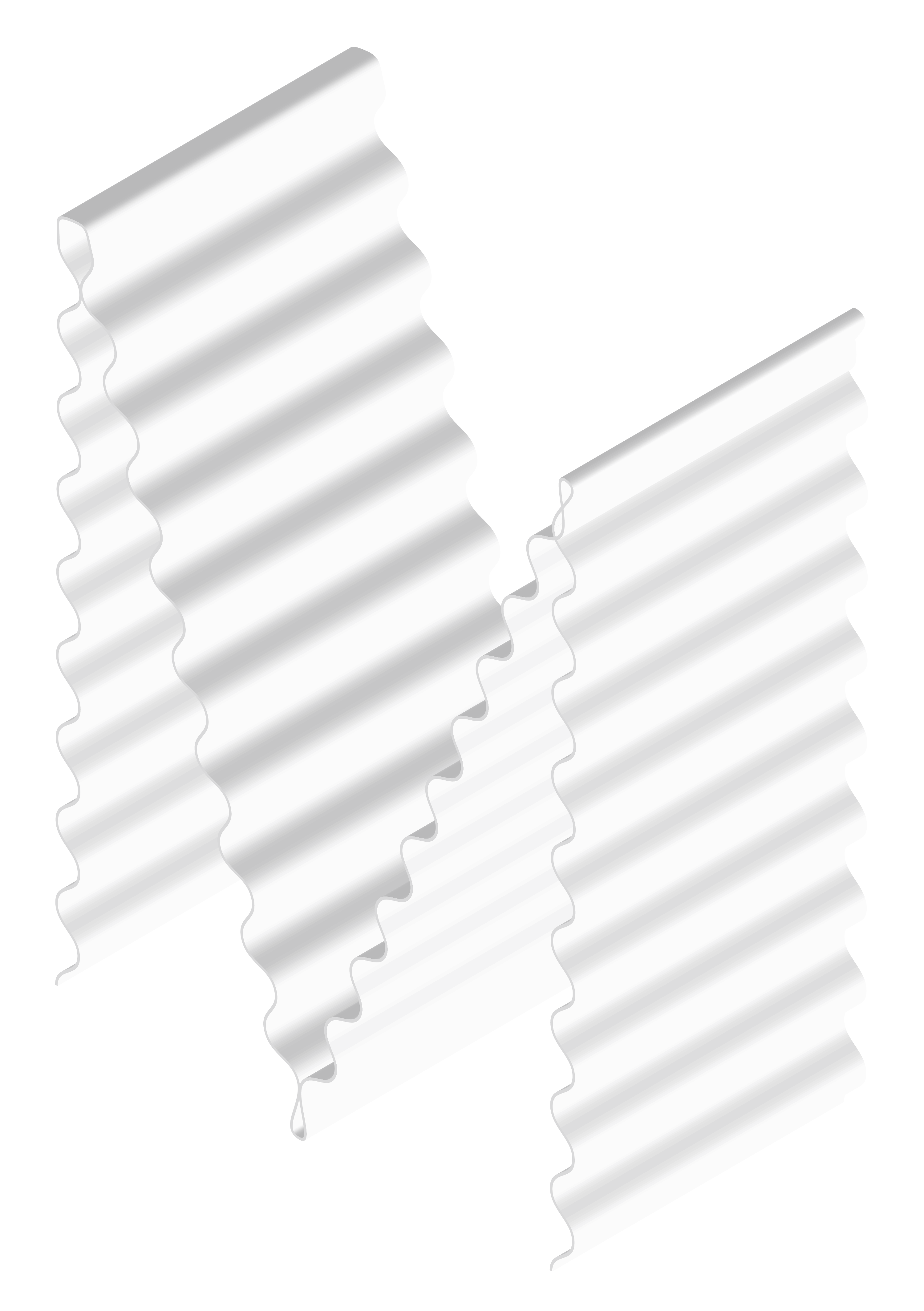Salon Margarete
Year: 2022
Project Team: Mark Neuner, Marlene Lötsch, Sabine Schertler, Irina Nalis
Participants of Salon Margarete from:
gaupenraub+/-, wohnbund:consult, Lokale Agenda 21 Wien, Dialog Plus, Caritas Stadtteilarbeit, nonconform, STUDIO IN//stabil, Urban Innovation Vienna, Stadt Wien MA21 – Bürger:innenbeteiligung und Kommunikation, einszueins architektur
Funding: BMKOES Margarete Schütte-Lihotzky project grant 2022-2023
Within our Margarete Schütte-Lihotzky grant, we explored different participatory processes, methods, tools and practices in architecture and urban planning.
Following initial research, we started Salon Margarete:
A series of evenings where we invited a variety of local actors to talk about their experiences. With the help of a card game especially designed for the Salon Margarete, we explored successful strategies, failed process designs and innovative ideas. This allowed us to create a diverse picture of the various approaches in the current participatory design and planning practice in Vienna.
Co-Creation
To transform our environment into a more resilient and inclusive one, we have developed three strategies: Co-Creation, Circular Architecture and Common Space. Here we present a short guideline to Co-Creation.
Our Co-Creation strategy builds on cooperation rather than competition. It strengthens democratic, participatory decision-making processes by bringing together different stakeholders to enable socially just, informed planning through new participation formats.
Our contribution to the solution:
Our most direct contribution is the way we build our own company: Mostlikely is organized as an open, flexible platform for architecture, design and research. Thus, the work presented on the platform emerges in various constellations and corporate structures: from the classically organized architecture firm, to interdisciplinary work formats to open associations.
This multifaceted cosmos enables a processual way of working and is enriched by project-specific collaborations and a broad exchange with external experts.
Common Space
To transform our environment into a more resilient and inclusive one, we have developed three strategies: Co-Creation, Circular Architecture and Common Space. Here we present a short guideline to our Common Space strategy.
Our Common Space approach aims to transform our cities into a common resource that serves the empowerment and development of cooperative forms of working and socialising by:
• providing well-equipped shared spaces and infrastructure for activities
• creating flexible, affordable access
• encouraging creative development and wellbeing
• contributing to a resource-efficient way of life
• creating meeting points for social exchange
• leveraging digitization and innovation for broader positive change
Our contribution to a solution: We believe that our cities should be inclusive and supportive. Not to loose this vision in everyday life, we created the Common Space project run by an interdisciplinary team from the fields of architecture, urbanism and social sciences.
In the Common Space project we use multi-layered institutional collaborations, exhibitions, teaching events and workshops in order to continuously deepen the concepts and methods.
Circular Architecture
To transform our environment into a more resilient and inclusive one, we have developed three strategies: Co-Creation, Circular Architecture and Common Space. Here we present a short guideline to Circular Architecture.
Our Circular Architecture strategy is focused on the shift from linear economic patterns (produce-consume-waste) to the greatest possible circular logic. In order to enforce this in ongoing projects we established our circular architecture guideline as a set of rules.
Our contribution to the solution:
Limited budget, the inexpensivness of unsustainable materials and constructions, norms and laws didn’t make it easy at the beginning and we have to admit that the topic of sustainability was last in line. But more and more we pay attention to build with pure materials, design demountable constructions and energy saving buildings. And most of all, to hold our customers responsible for it.
Our Circular Architecture Guide serves as a self-imposed standard for our future projects. In all our projects, we try to meet as many of the criteria as possible. Above all, we pay attention from the very beginning.
Small World
Publication in “Nevertheless Magazine for Art & Architecture – The Passion Archive” (Issue 7)
Year: 2014
Research Team: Mark Neuner
Photography: Mark Neuner and Atelier Olschinsky
Whether it is Lainzer Tiergarten, the Donauinsel, or the Prater, they are appearing in Vienna everywhere and yet are nowhere: the “Wohnwelten” (Residential Worlds), that seem to have been reduced by a factor of 0.5. Compared to Tokyo these miniature houses are still gigantic. There the so-called mini-house often has a ground plan the size of a parked car. What seems like an absurd product is at closer inspection the answer to the questions our megacities will be confronted with in 2030 at the latest. That is the expected point in time where we will have to have completely changed our consumption.
One Hit Wonders
Publication in “Nevertheless Magazine for Art & Architecture – The Passion Archive” (Issue 8)
Year: 2014
Research Team: Mark Neuner
Graphics: Mark Neuner, Atelier Olschinsky
The phenomenon of a One Hit Wonder is first and foremost known in the field of Music. Even if a hit is said to be a “once in a lifetime” event that needs a “magic moment” and cannot be reproduced, the band The KLF had a different opinion. In their publication “The Manual (How to Have a Number One the Easy Way)” they explain to people how to produce this “magic moment” in order to land a Number One hit.
But what about architecture? Is there any such category? If there is, can you find a One Hit Wonder in Austrian architecture, or better still – a manual – that one could do this?
14.03. – 23.03. Team Wien
Year: 2017
Research team: Petra Petersson / Wolfgang List / Barbara Gruber / Daniel Huber
Research facility: Institute of Design and Construction Principles at Graz University of Technology
Research type: Research on Design
Research output: Exhibition / Publication
This project is a research on the process of designing. In 2017 Team Wien, consisting of Anna Paul, Bika Rebek, Büro KLK, Daniela Mehlich, Felix Steinhof, Mostlikely and Tzou Lubroth Architekten, were asked to present their concept of a collaborative and communicative architecture project at the Vienna Biennale co-organised by the Austrian Museum of Applied Arts. The research documents the work intensive and in time limited collaboration of the Team Wien in a book and an analogue model.
In the book the mainly written down collaboration of the Team Wien was documented. By presenting all collected emails, from the first meeting to the final design, in an easy readable medium, a classical book, the process of how decisions were made, on which ideas were agreed on and how ideas were rejected, the process of design can be observed. The additional analogue model can be seen as a contact tracing model of the different players in the design process.




